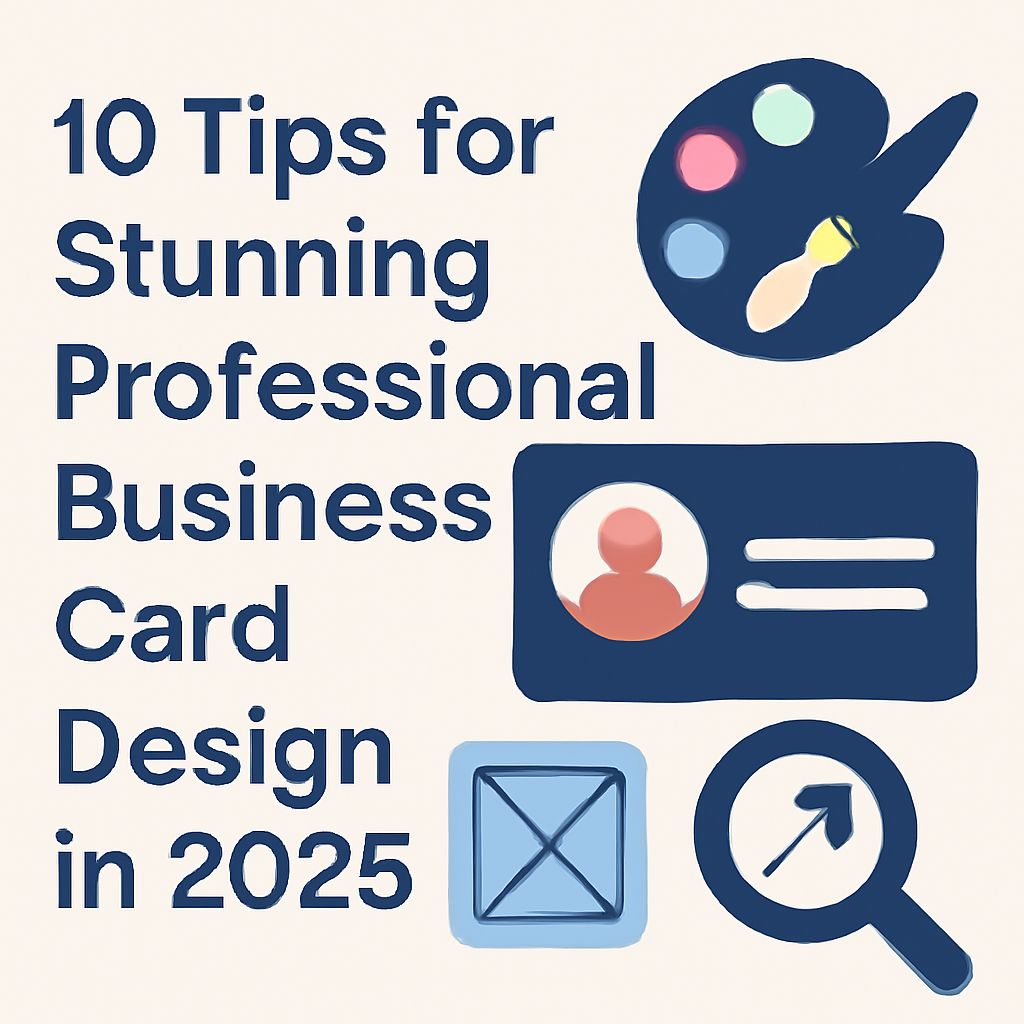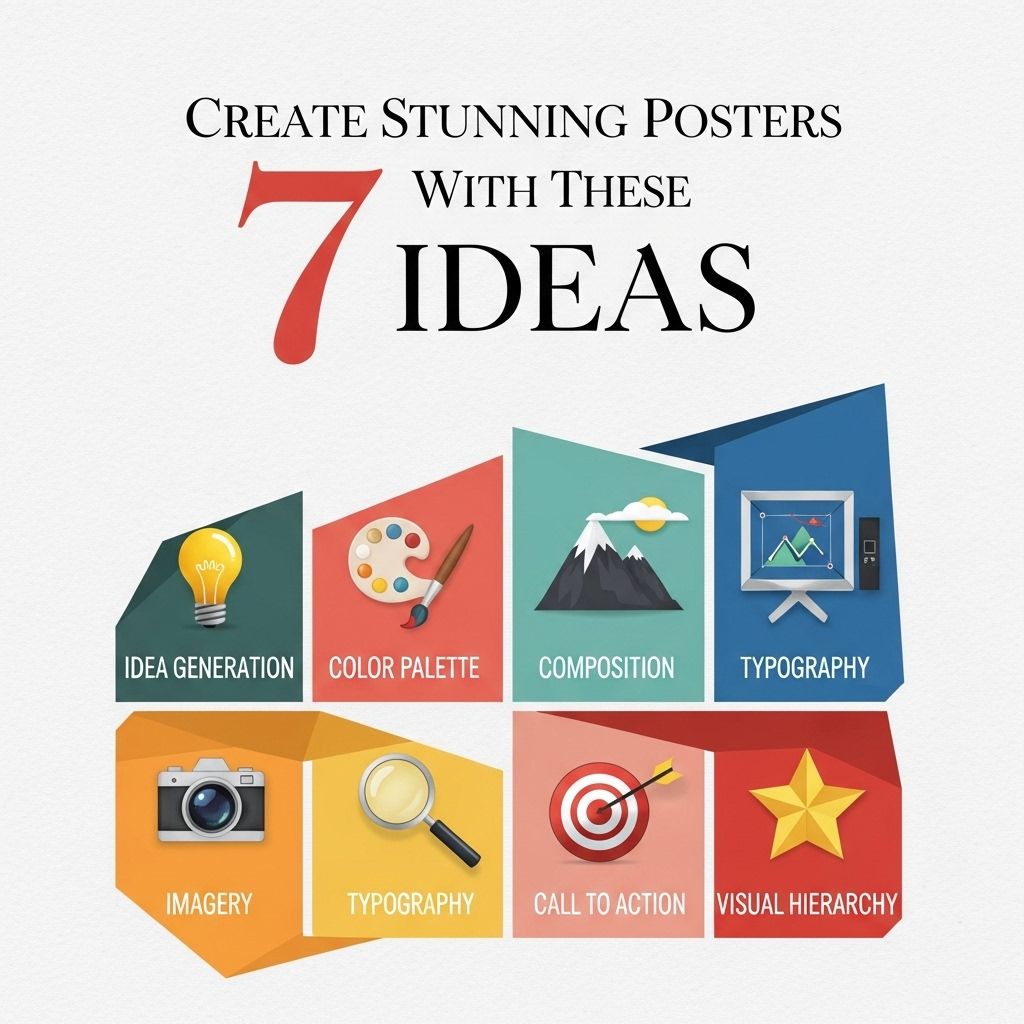Introduction
In today’s fast-paced business environment, making a memorable first impression is essential. A well-designed business card can convey professionalism and creativity, encapsulating your brand’s identity in a small format. As we look forward to 2025, the trends in business card design are evolving, reflecting technological advancements and changing consumer preferences. Here are ten tips that can help you create stunning professional business cards that stand out in the competitive market.
1. Prioritize Minimalism
In an age where simplicity speaks volumes, adopting a minimalist design can enhance your business card’s impact. Focus on essential elements such as your name, title, and contact information. By avoiding clutter, you allow your card to breathe and make the information easy to digest.
Key elements of minimalist design:
- Use a limited color palette.
- Choose a simple font that is easy to read.
- Incorporate plenty of white space.
2. Integrate Technology
The integration of technology into business cards is on the rise. Consider adding a QR code that links to your portfolio, website, or social media profiles, making it easy for clients to connect with you digitally.
Benefits of using QR codes:
- Instant access to digital content.
- Trackable engagement metrics.
- Space-saving method to include more information.
3. Play with Shapes and Sizes
Standard rectangular business cards are commonplace. To make a statement, consider experimenting with unique shapes and sizes that reflect your brand’s identity. Rounded corners, die-cut designs, or even custom shapes can leave a lasting impression on your recipients.
Examples of creative shapes:
- Circle or oval cards.
- Credit card-sized for easy wallet fit.
- Folded cards for additional space.
4. Use High-Quality Materials
The feel of a business card can speak volumes about your professionalism. Investing in high-quality materials, such as thicker card stock or textured finishes, can enhance the tactile experience and make your card more memorable.
Popular material choices:
- Matte or glossy finishes.
- Textured paper, such as linen or recycled material.
- Plastic or metal cards for a modern twist.
5. Incorporate Bold Typography
Typography plays a crucial role in business card design. Using bold and distinctive fonts can enhance readability while adding personality to your card. Just ensure the font aligns with your brand identity.
Best practices for typography:
- Limit yourself to two different fonts.
- Ensure font sizes vary for hierarchy (larger for name, smaller for contact info).
- Avoid overly decorative fonts that may hinder legibility.
6. Choose a Color Scheme Wisely
The color scheme of your business card should reflect your brand’s personality. Colors evoke emotions and can influence perceptions, so choose them wisely. Consider using color psychology to guide your choices.
Common color meanings:
| Color | Meaning |
|---|---|
| Blue | Trust, professionalism |
| Red | Passion, excitement |
| Green | Growth, health |
| Yellow | Optimism, energy |
7. Make Your Brand Stand Out
Ensure that your business card reflects your brand’s identity. Incorporate your logo and any brand elements that are recognizable. Consistency in branding across all materials helps in building recognition and trust.
Ways to enhance branding:
- Use brand colors in the design.
- Include your logo prominently.
- Maintain a consistent style that matches other marketing materials.
8. Highlight Unique Selling Points
Your business card is an excellent opportunity to communicate what sets you apart from the competition. Consider including a tagline or a brief statement of your unique selling proposition (USP) to pique interest.
Effective ways to highlight your USP:
- Keep it concise and impactful.
- Utilize icons or imagery to visually represent your offerings.
- Make it memorable with a creative approach.
9. Use Finishing Techniques
Finishing techniques can add an extra touch of elegance to your business card. Options like embossing, foil stamping, or spot UV coating can elevate the visual appeal and tactile experience of your card.
Popular finishing techniques:
- Embossing or debossing for texture.
- Foil stamping for a luxurious look.
- Spot UV coating for a glossy finish on selected areas.
10. Keep It Up to Date
As your business evolves, so should your business card. Regularly review and update your card to reflect any changes in your contact information, job title, or branding. An outdated card can do more harm than good.
Tips for maintaining an up-to-date card:
- Set reminders to review your card design yearly.
- Collect feedback from peers to enhance the design.
- Stay informed about current design trends.
Conclusion
Designing a stunning business card involves thoughtful consideration of various elements, from layout and materials to technology and branding. By following these ten tips, you can create a business card that not only serves as a contact tool but also reflects your professional identity and leaves a lasting impression on potential clients and partners. In 2025, let your business card be a powerful extension of your brand.
FAQ
What are the key elements of a professional business card design in 2025?
In 2025, key elements include minimalistic layouts, high-quality materials, unique shapes, and incorporation of technology such as QR codes.
How can color psychology influence business card design?
Color psychology plays a significant role in business card design by evoking emotions and perceptions related to your brand, helping to attract and retain the attention of potential clients.
Should I include a logo on my business card?
Yes, including a logo on your business card is crucial as it enhances brand recognition and establishes a professional identity.
What are the most popular materials for business cards in 2025?
Popular materials in 2025 include recycled cardstock, plastic, metal, and eco-friendly options, which reflect a commitment to sustainability.
How important is typography in business card design?
Typography is extremely important as it impacts readability and conveys the personality of your brand, making it essential to choose fonts that align with your brand identity.
What size should my business card be in 2025?
The standard size for business cards remains 3.5 x 2 inches, but creative designs may explore custom sizes to stand out, depending on industry and target audience.



